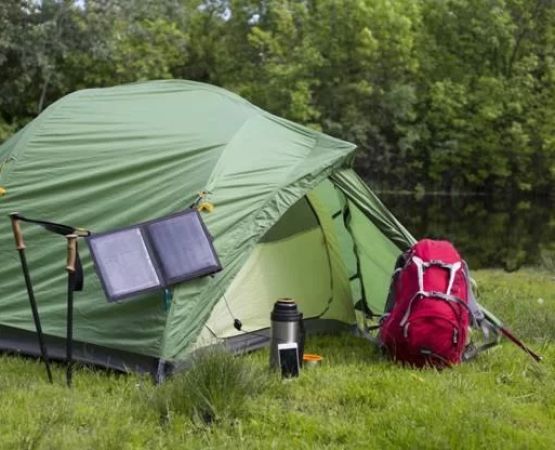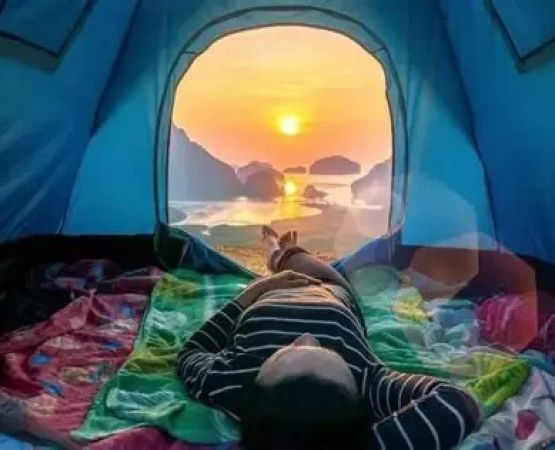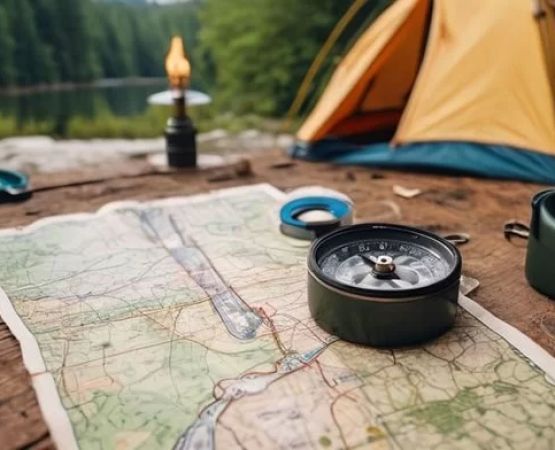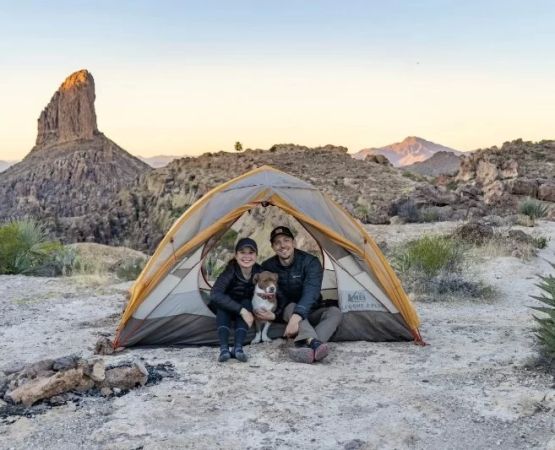The Importance of Building a Shelter in the Wilderness
Having spent my fair share of nights out in the wilderness, I’ve come to realize that the ability to build a shelter is one of the most crucial survival skills anyone can learn. I’ve been in situations where the weather turned unexpectedly, and finding or constructing a shelter quickly could mean the difference between a successful trip and a dangerous situation. Building a shelter isn’t just about protecting yourself from the elements—it's about safety, comfort, and ultimately ensuring your survival in a wilderness setting.
Types of Shelters You Can Build
When it comes to shelters in the wilderness, there isn’t a one-size-fits-all solution. Different environments require different types of shelters, and you need to be flexible and creative with the materials available. Here are some of the most common shelters I’ve built during my adventures:
- Lean-To Shelter: This is one of the simplest and quickest shelters to build. It’s perfect for situations where you need protection from rain or wind. It requires a solid frame, usually created from branches or logs, and a tarp or additional foliage to create a barrier against the elements.
- Debris Hut: This is a great emergency shelter made from natural materials like leaves, branches, and moss. It’s perfect for short-term stays, as it provides good insulation and is relatively easy to build with the right materials.
- A-Frame Shelter: This type of shelter is designed with two sloping sides, making it an ideal structure for heavy rain or snow. It’s more durable than a lean-to, but it requires more time and effort to construct.
- Snow Cave: If you’re in snowy conditions, a snow cave can offer excellent insulation and protection from freezing temperatures. I’ve used snow caves in the winter, and they’ve kept me warm even in the harshest conditions.
Building a Shelter: Step-by-Step Guide
In this section, I’ll walk you through how I typically build a shelter in the wilderness. While each situation is different, these general steps will guide you in creating a solid structure that will protect you in a variety of environments.
1. Finding the Right Location
Location is key when it comes to building a shelter. I’ve made the mistake of setting up camp in areas prone to flooding or too close to wildlife paths. Here’s what I look for in a good shelter location:
- Flat Ground: Look for a flat area that’s free of rocks and roots. If you can find a natural indentation in the ground, even better, as it will help keep you off the cold, hard earth.
- Natural Wind Block: Look for a place that has some natural windbreaks, such as large trees or hills, to protect your shelter from strong winds.
- Not Near Water: Avoid setting up too close to rivers, lakes, or streams. While it may be tempting to stay near water for convenience, the risk of flooding or attracting wildlife is high.
2. Gathering Materials
Once I’ve chosen the right spot, it’s time to gather the materials. Depending on the type of shelter I’m building, I usually need the following items:
- Branches and Logs: These are the main structural components for most shelters. I look for sturdy, flexible branches to use for the frame.
- Foliage and Leaves: These are essential for insulation and waterproofing. I gather as many leaves, pine boughs, and ferns as I can find to line the floor and cover the frame.
- Tarp or Rope: In some situations, I bring a small tarp or rope, which can make the construction process quicker and more secure. However, if you don’t have these, natural materials like vines and long grasses can serve as an alternative.
3. Building the Shelter Frame
With my materials ready, I begin building the frame. For a lean-to shelter, for example, I’ll start by setting up two strong branches at a 45-degree angle against a tree or large rock. I’ll then add horizontal branches to form the frame’s support structure. The more secure your frame is, the more reliable your shelter will be.
When building an A-frame shelter, I set up two long branches as the ridgepole and lean shorter branches against it to form the roof. This method is slightly more complex but offers more coverage and protection from the elements.
4. Insulating the Shelter
Once the frame is in place, I focus on insulating the shelter. This is an essential step for keeping warm, especially if the weather is cold. I gather foliage like pine needles, leaves, and moss to create a thick layer on the roof and floor of the shelter. I’ll often pack the floor with extra leaves to act as bedding and provide insulation from the cold ground.
Don’t forget to cover the entire frame—both the roof and the sides—if you’re using natural materials. This will help keep the rain out and hold in heat. If you have a tarp, you can use it to cover the shelter more efficiently, which also helps keep the shelter waterproof.
5. Adding Finishing Touches
Once the basic structure is built and insulated, I like to add some finishing touches. This could include creating a small fire pit near the shelter (but not too close, of course) to help heat the area or adding some more leaves to make the inside more comfortable. If I’m using a tarp, I’ll make sure to secure it tightly so it doesn’t blow away during a storm.
My Experience: A Close Call in the Sierra Nevada
One of my most memorable experiences building a shelter happened during a backpacking trip in the Sierra Nevada. I had been hiking for hours when a sudden storm rolled in. The sky darkened, and before I knew it, heavy rain began pouring down. I needed to find a shelter fast.
I quickly gathered materials and began constructing a lean-to shelter against the side of a large rock. The rain continued, but I was able to stay dry and warm inside my shelter. My experience taught me the importance of staying calm, having the right materials, and being prepared for unexpected weather changes. It’s one of those moments that sticks with you, reminding you of just how essential shelter-building skills can be in the wilderness.
Key Takeaways for Wilderness Shelter Building
Having the ability to build a shelter in the wilderness is a fundamental skill every adventurer should master. Whether you’re caught in a storm, need a place to rest, or find yourself in an emergency situation, knowing how to create a safe, reliable shelter can make all the difference. In my experience, practice and preparedness are the keys to success—so get out there, try building a shelter, and build your confidence for your next adventure!







